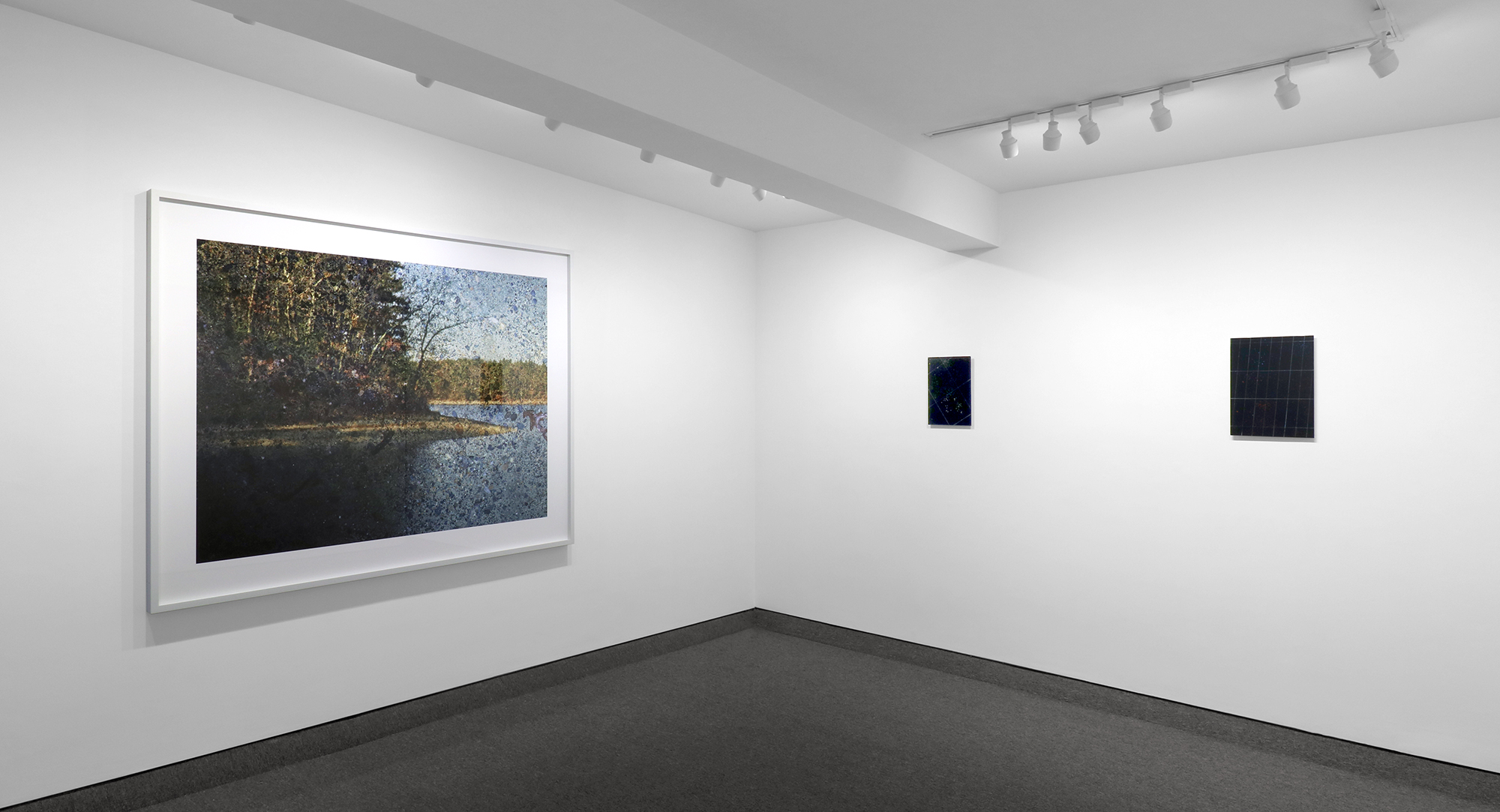
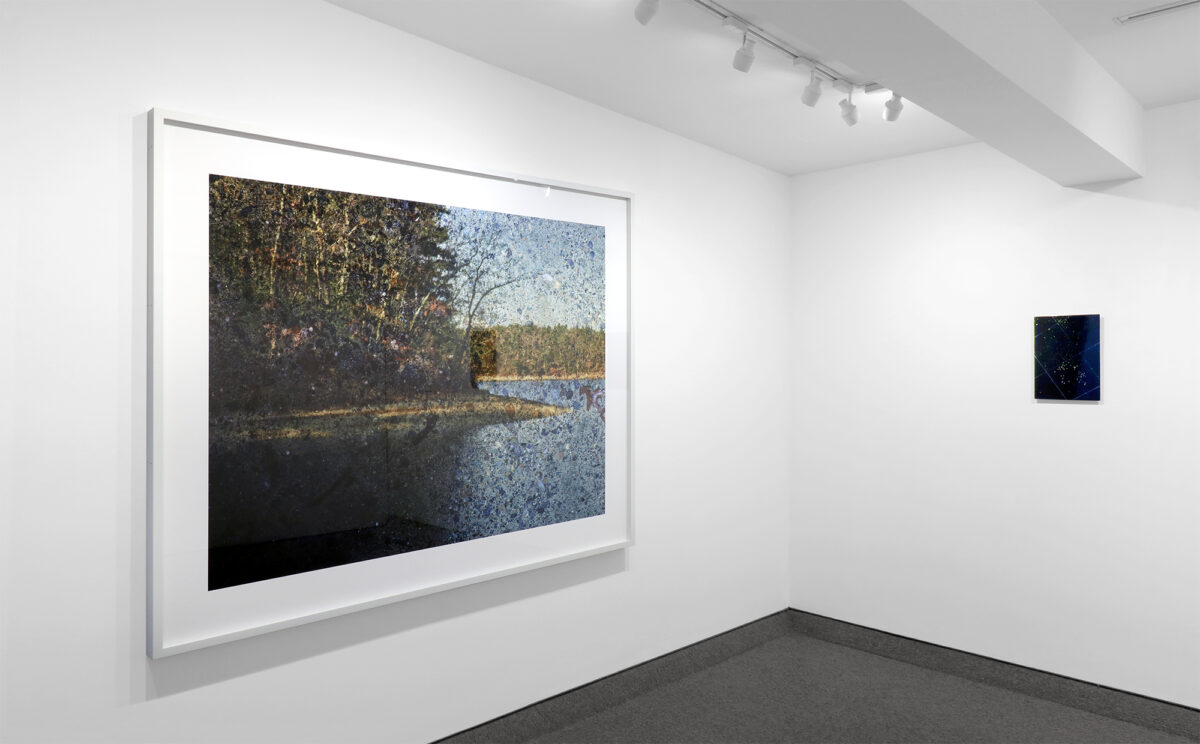
Edition of 6
Image size: 48 x 64 inches (121.9 x 162.6 cm)
Paper size: 58 x 74 inches (147.3 x 188 cm)
Frame size: 60 1/2 x 76 1/2 inches (153.7 x 194.3 cm)
(Inventory #33614)
Edition of 6
Image size: 48 x 64 inches (121.9 x 162.6 cm)
Paper size: 58 x 74 inches (147.3 x 188 cm)
Frame size: 60 1/2 x 76 1/2 inches (153.7 x 194.3 cm)
(Inventory #33614)
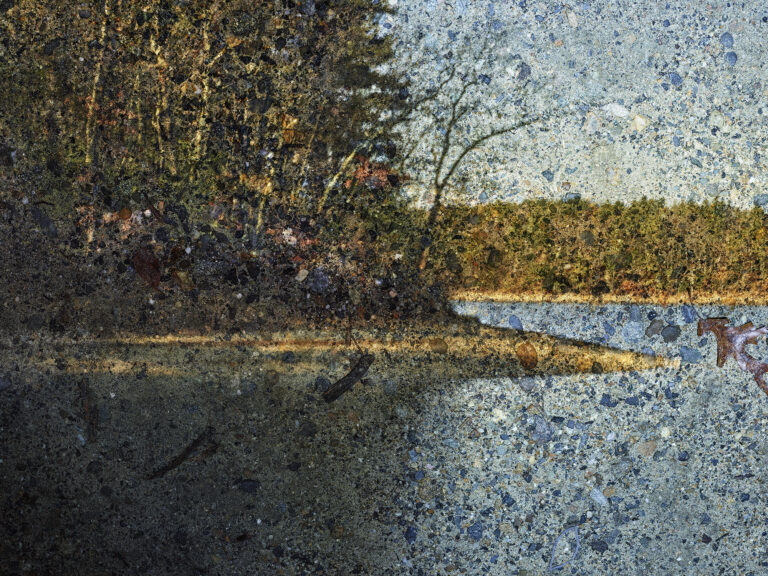
Signed and dated on reverse
14 x 10 inches (35.6 x 25.4 cm)
(Inventory #25896)
Signed and dated on reverse
14 x 10 inches (35.6 x 25.4 cm)
(Inventory #25896)
Signed and dated on reverse
16 x 12 inches (40.6 x 30.5 cm)
(Inventory #25895)
Signed and dated on reverse
16 x 12 inches (40.6 x 30.5 cm)
(Inventory #25895)
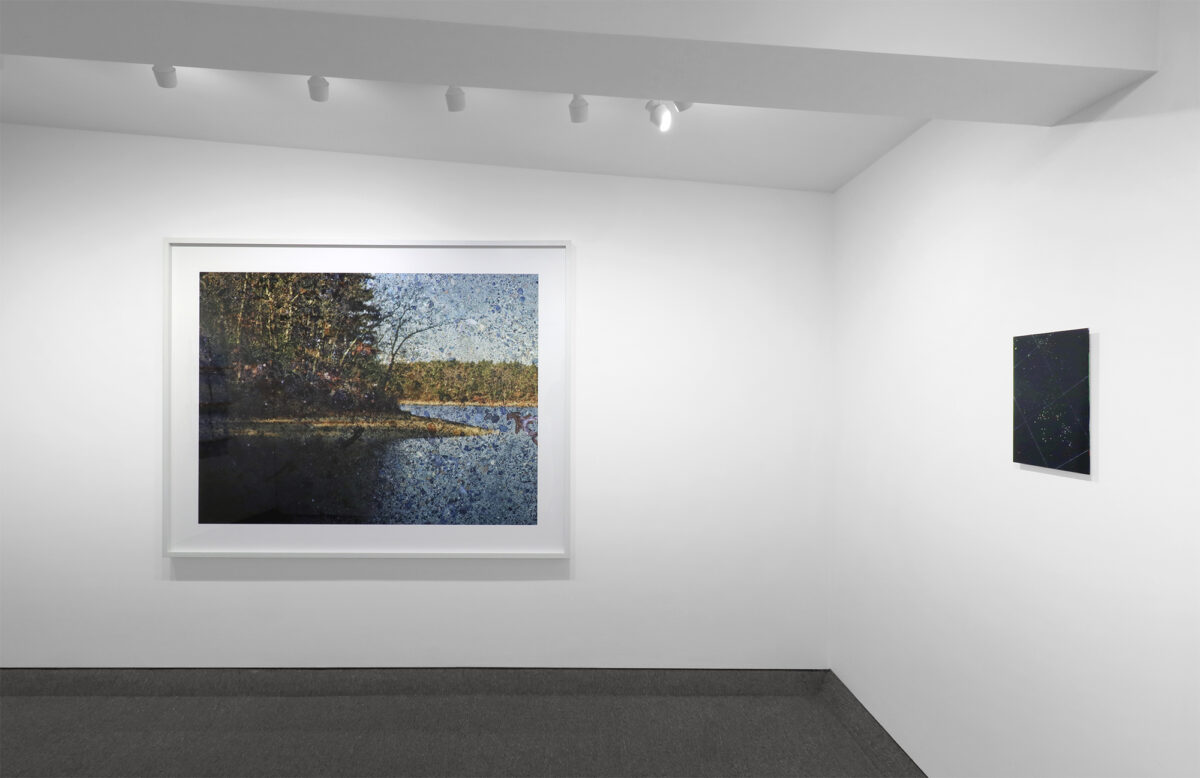
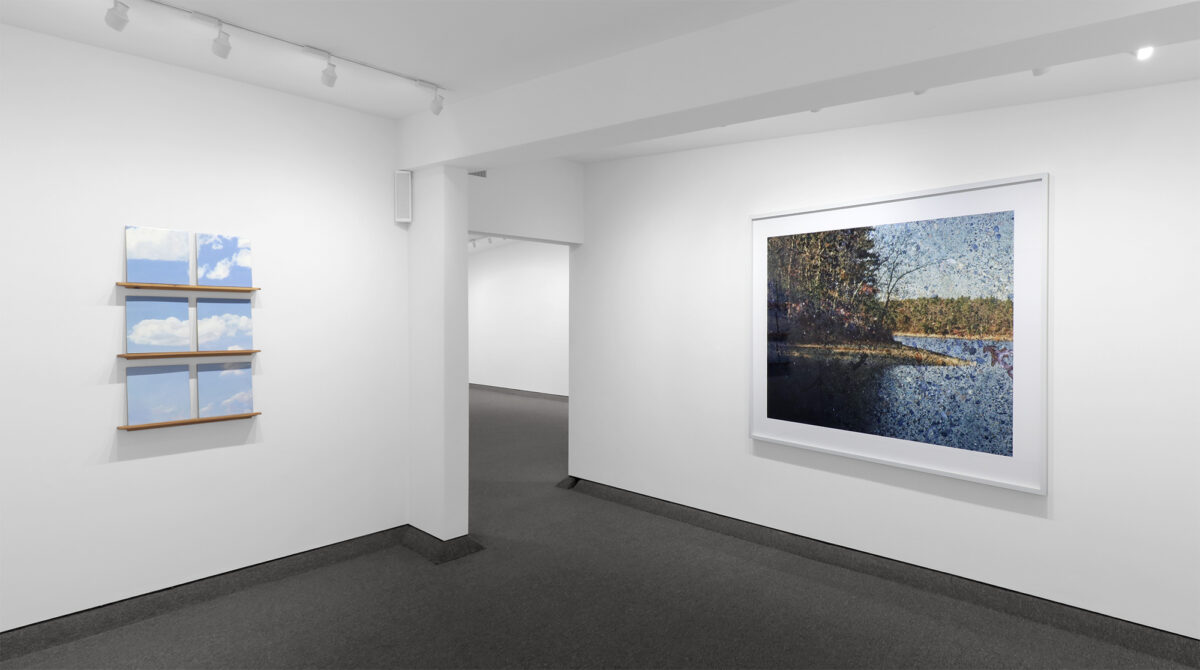
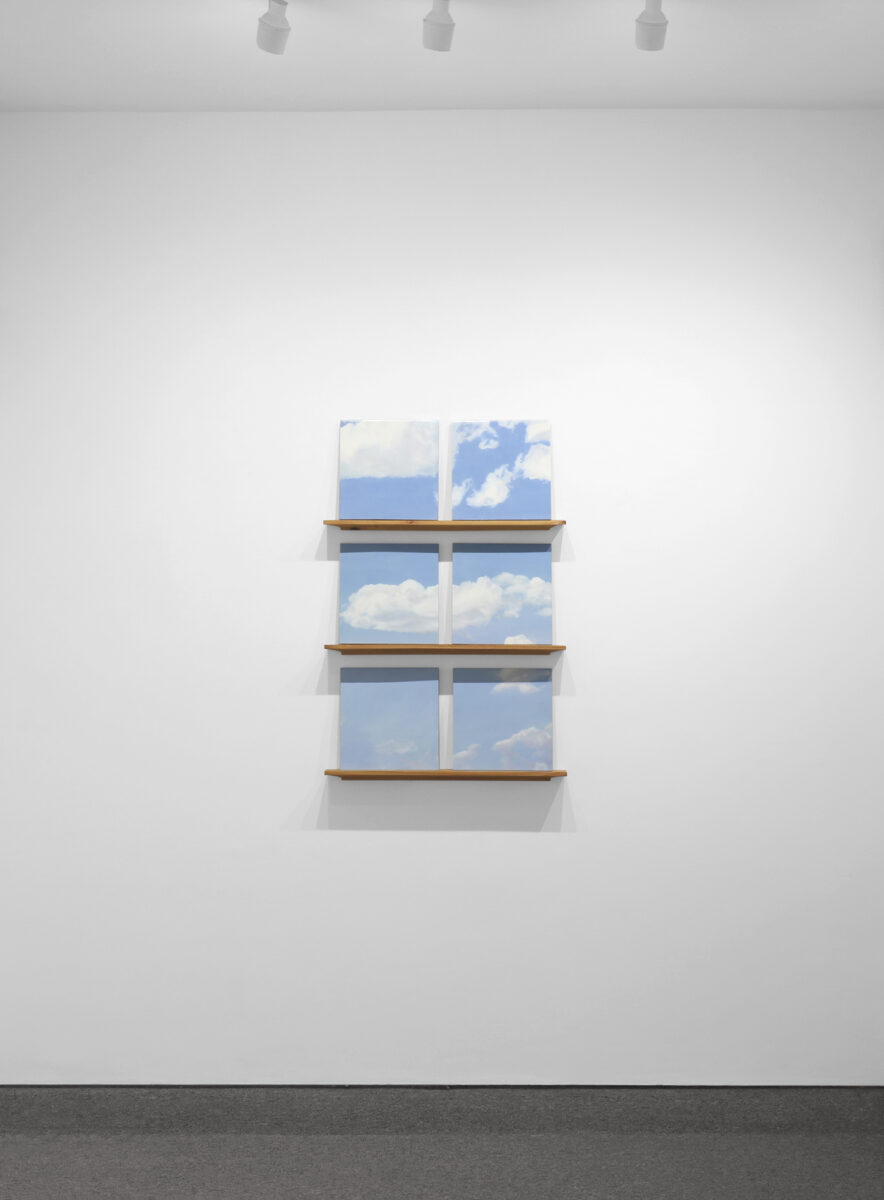
Overall size: 37 x 26 x 3 ¼ inches (94 x 66 x 8.25 cm)
(Inventory #21316)
Overall size: 37 x 26 x 3 ¼ inches (94 x 66 x 8.25 cm)
(Inventory #21316)
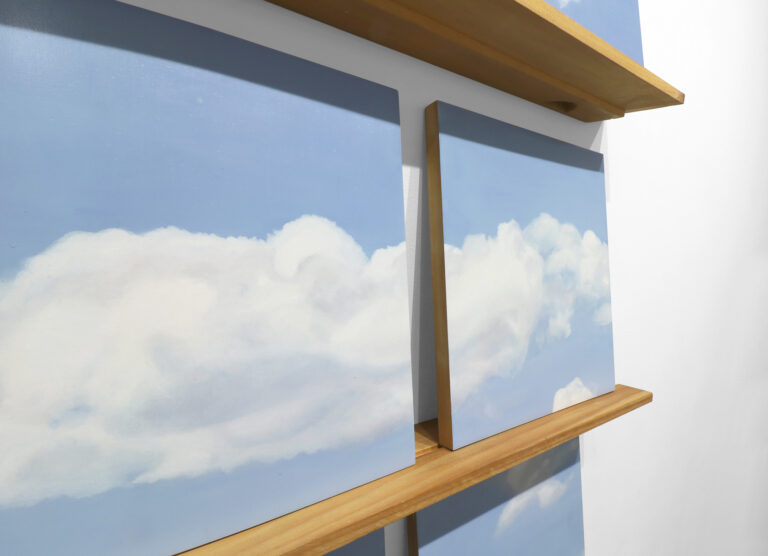
No results found.
10 Newbury Street, Boston, Massachusetts 02116
617-262-4490 | info@krakowwitkingallery.com
The gallery is free and open to the public. Please note our summer schedule:
July 1–25
Tuesday – Friday, 10–5:30
July 29 – September 1
Open by appointment
Beginning September 2
Tuesday – Saturday, 10–5:30